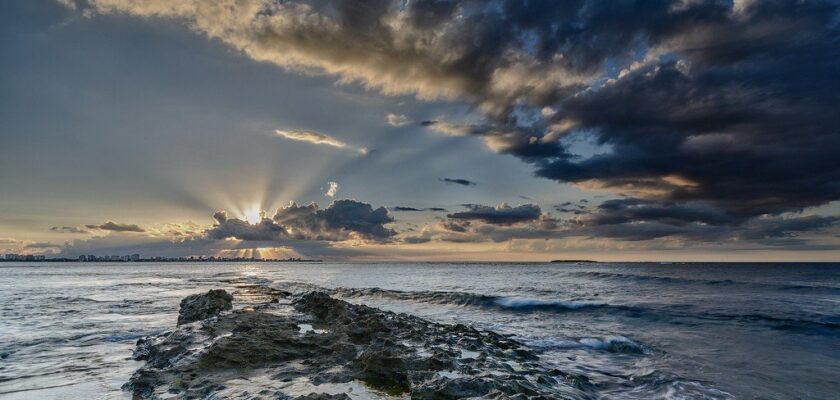Island of Puerto Rico
Puerto Rico is an island that is part of the Greater Antilles Archipelago and is located 100 kilometers east of the island of Haiti. The island of Puerto Rico is washed by the waters of the Caribbean Sea to the south and the open Atlantic Ocean to the north. It is separated on the east from the Virgin Islands by the Strait of Virgin and on the west from the island of Haiti (Española) by the Strait of Mona.
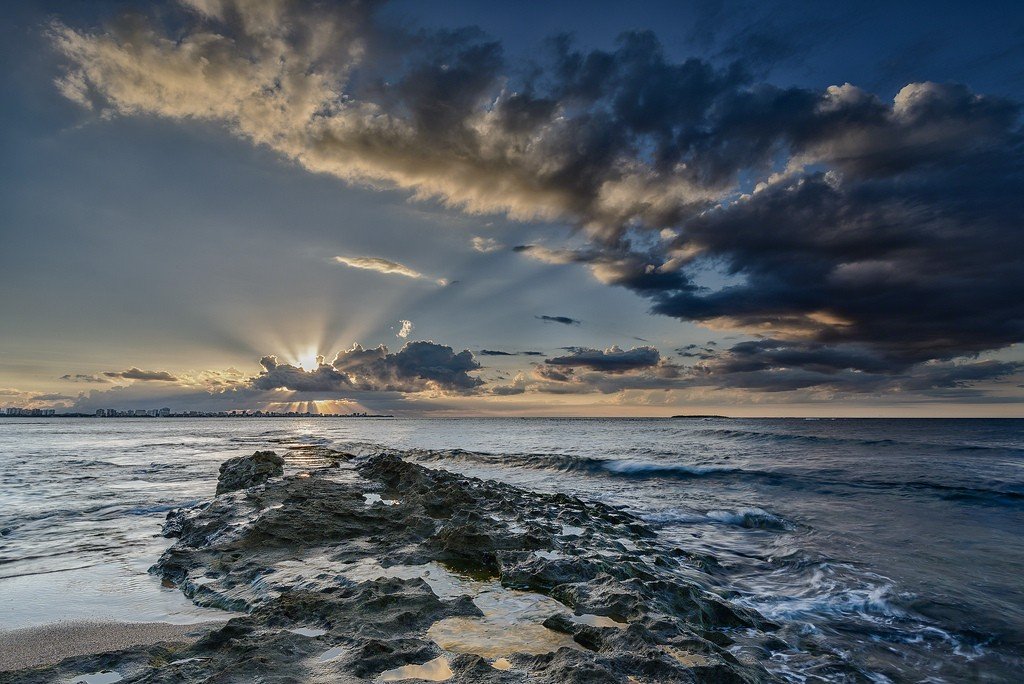
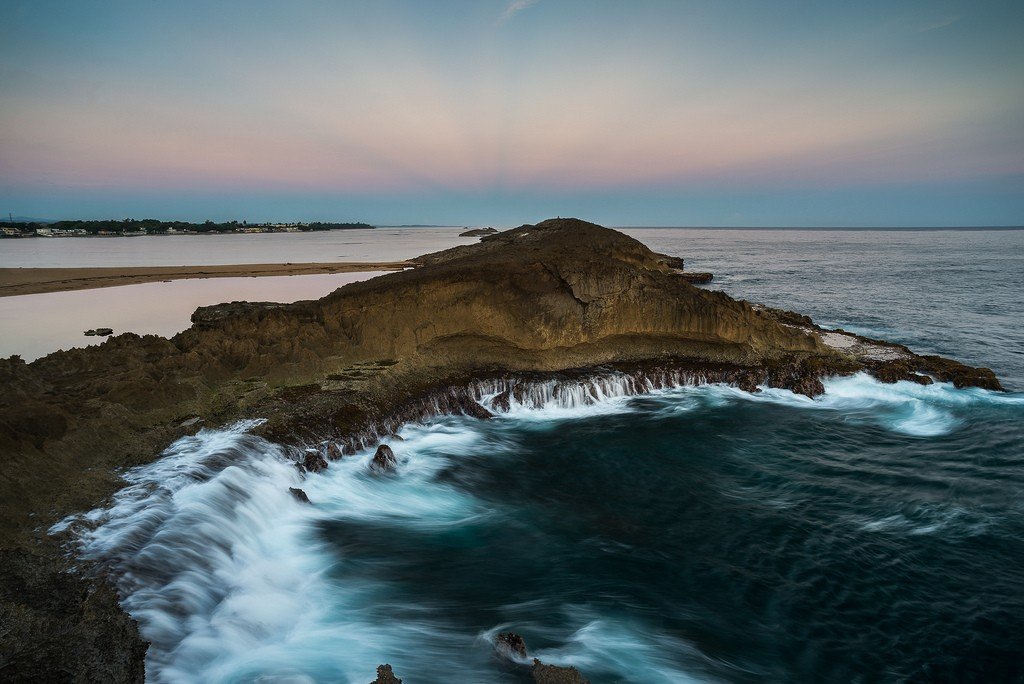
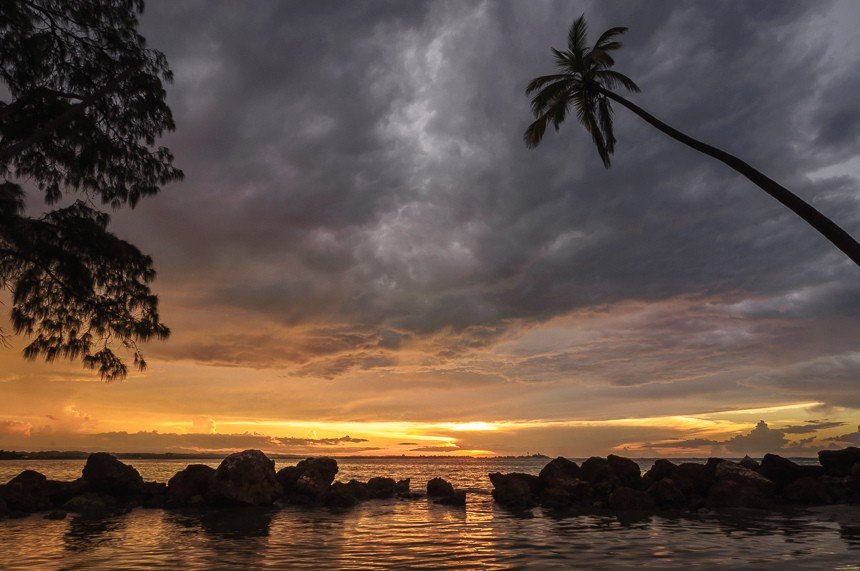
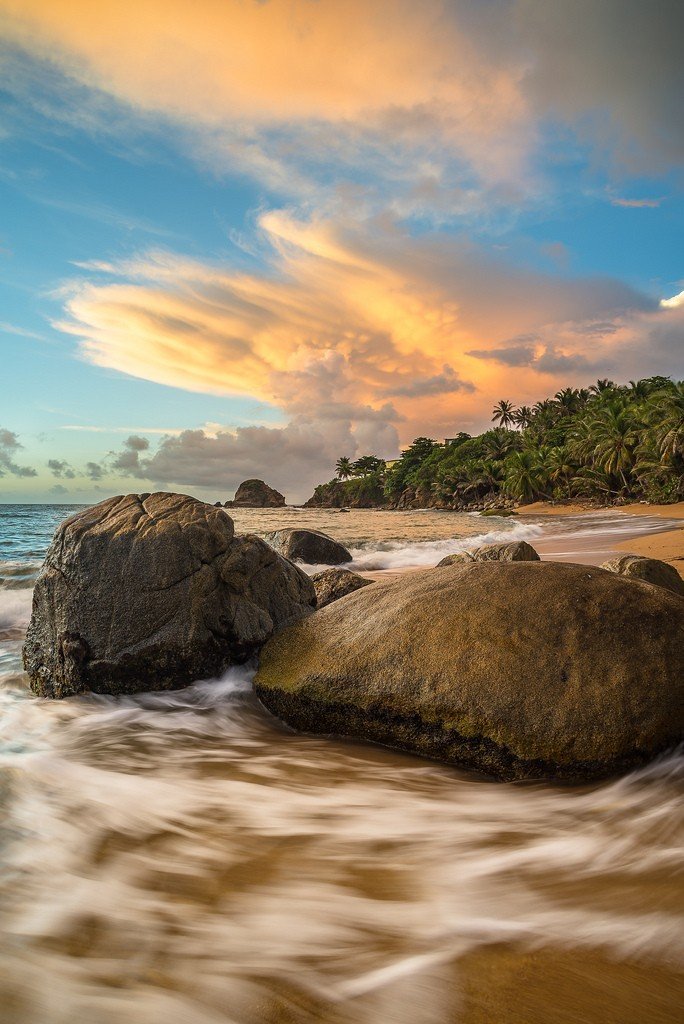
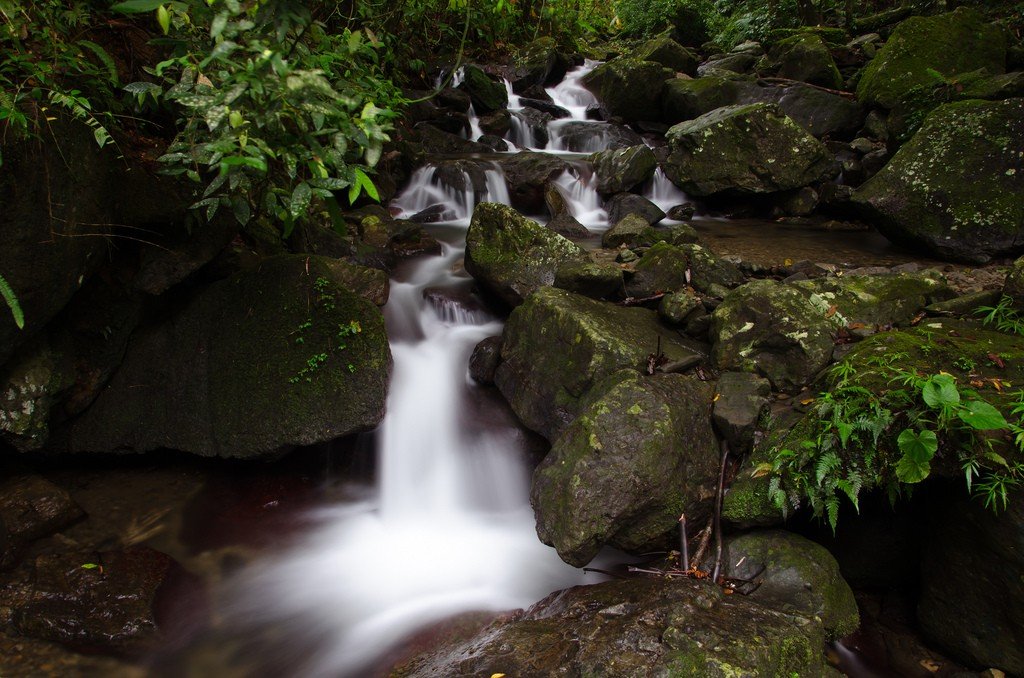
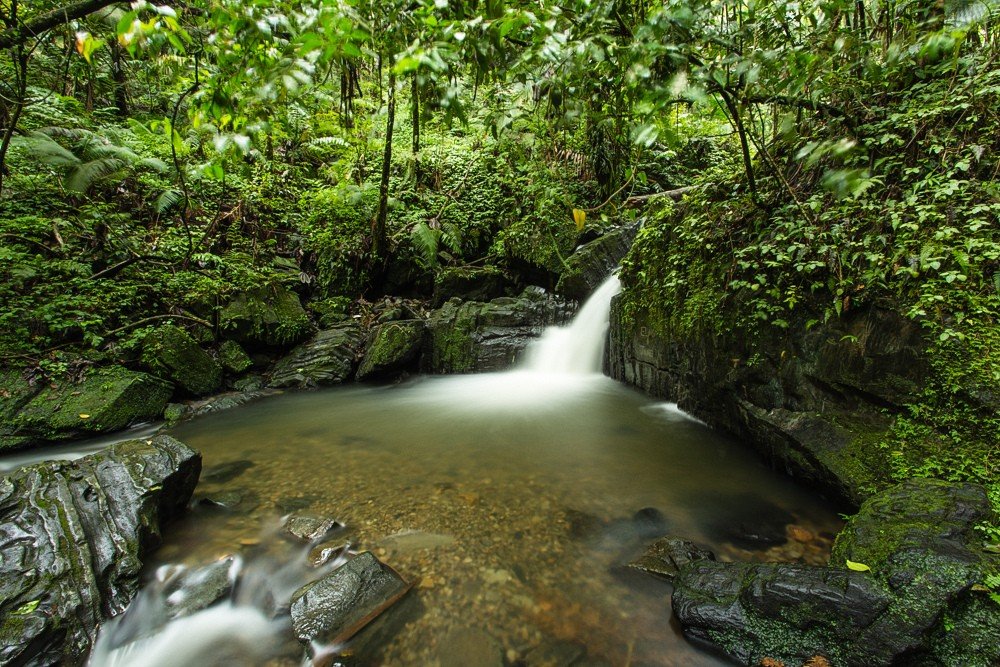
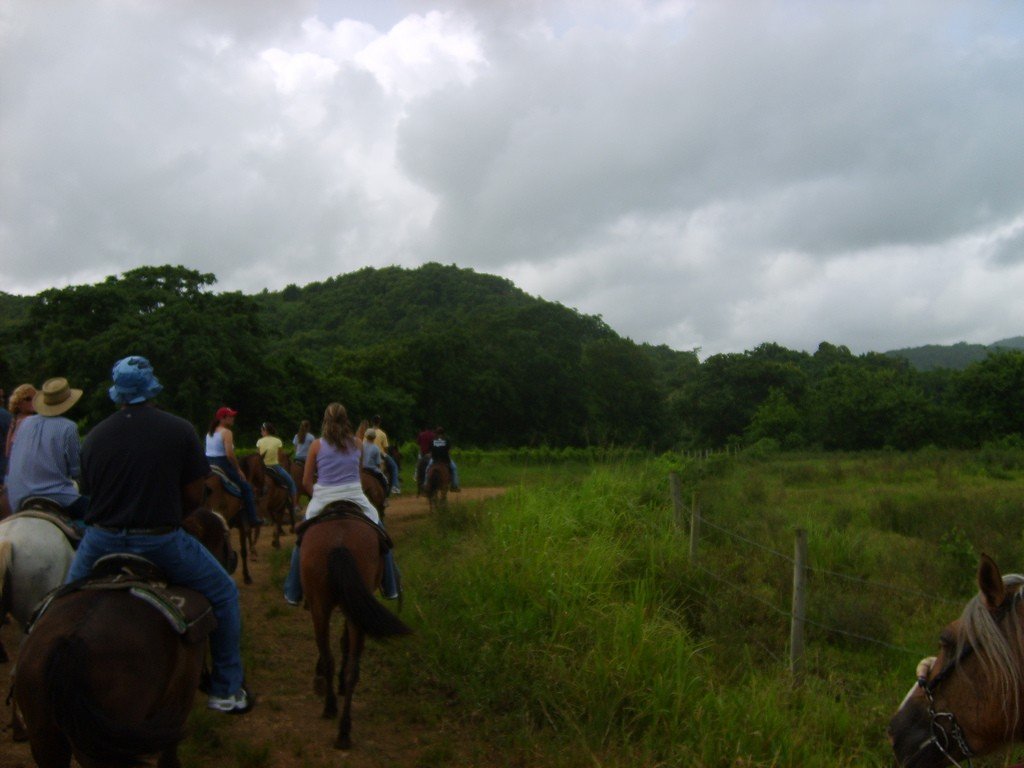
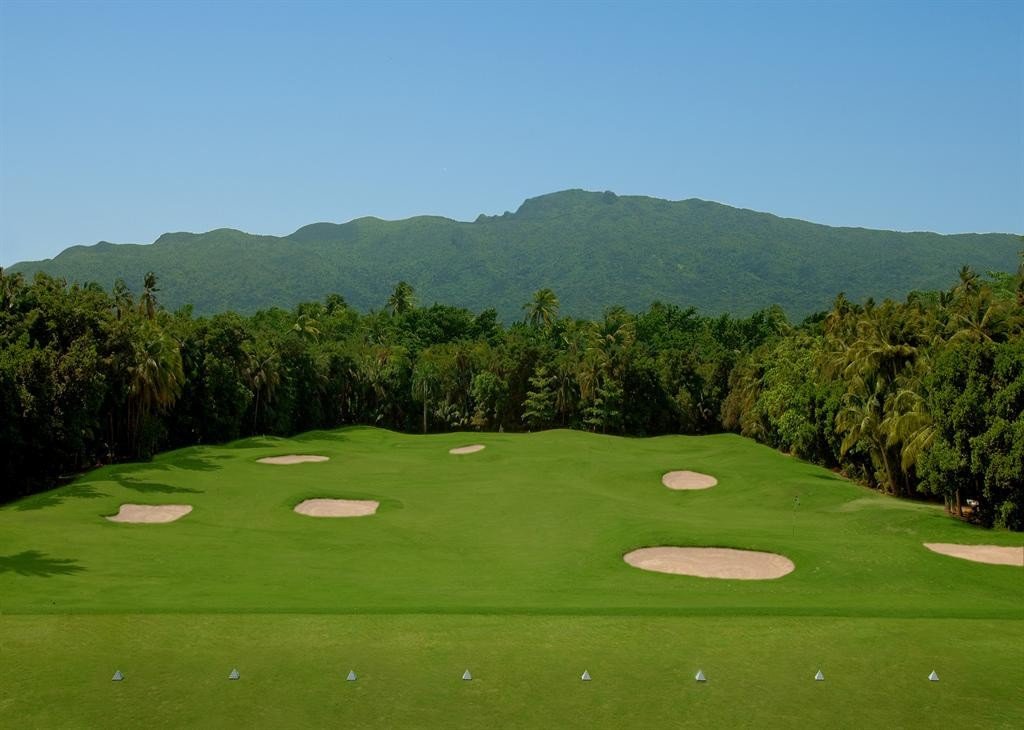
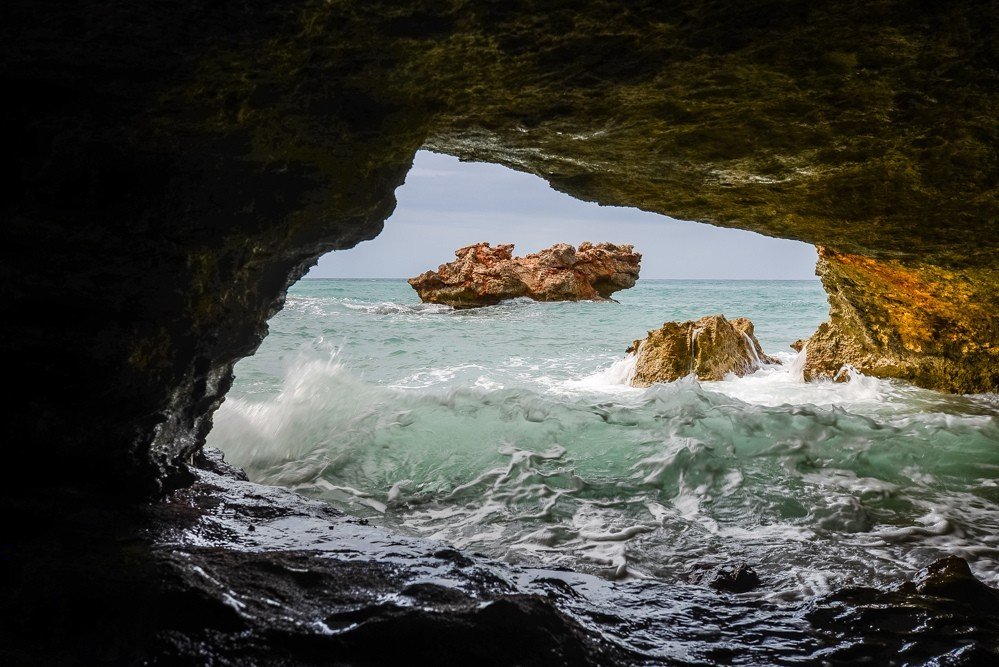
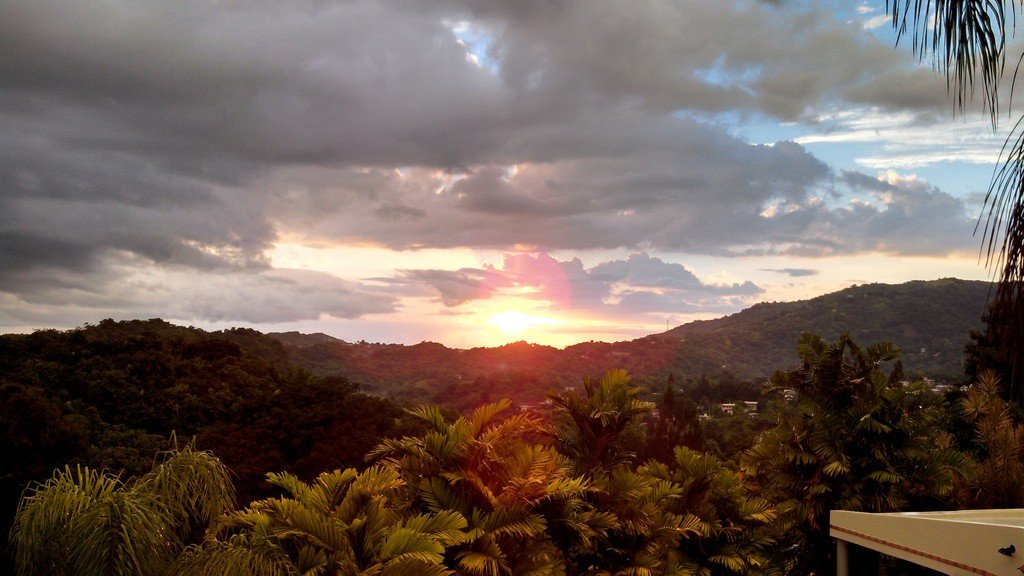
Highlights
The origin of the island’s name is more than a mishap. The Spanish originally named the island San Juan Bautista after St. John the Baptist, and the largest settlement on the island was Puerto Rico, which translates to “Rich Port”. However, an error was made in the design of maps of the Caribbean region, labeling the city as San Juan and the island as Puerto Rico. Subsequently, when the error was discovered, the erroneous name of the island of Puerto Rico became fairly firmly established, and it was decided not to be changed.
.
The island has an area of over 9,000 square kilometers.
.At the moment, the island of Puerto Rico and the adjacent Spanish Virgin Islands is home to an unincorporated organized U.S. territory called the Freely Associated State of Puerto Rico.
.History
Archaeologists claim that the first human orthoiroids on the island of Puerto Rico appeared around 2000 BCE. Between 100 and 400 A.D., the Igneri (igneri) began arriving on Puerto Rico from the Orinoco River region of South America, and between the seventh and eleventh centuries, the Arawak tribes began to infiltrate the island and established the Taino culture.
.For Europeans, the island of Puerto Rico was discovered by Christopher Columbus on November 19, 1493, who landed on the same day.
.
Spanish colonization of Puerto Rico began in 1508. During this period, a group of conquistadors under Juan Ponce de León arrived from the Spanish colony of Santo Domingo on the island of Haiti (Española) and easily subdued the local Indian tribes and founded the fortified city of Caparra.
.The Indian population of the island was quickly exterminated, so the Spanish began importing slaves from Africa to work on plantations and in mines.
.Between the 17th and 18th centuries, fortresses such as La Fortaleza, Fuerte San Felipe del Morro, Fuerte San Cristóbal and others were built on the coast of the island to protect it from French and British pirates.
.On July 25, 1898, almost immediately after the outbreak of the Spanish-American War, American troops landed on the island of Puerto Rico. Meeting no resistance from the Spanish army, the island was quickly captured, and under the Treaty of Paris in 1898, the island was legally ceded to the United States, along with the Philippines, Guam and Cuba.
.
In 1917, all willing residents of Puerto Rico were granted U.S. citizenship, and in 1947 the U.S. authorities gave Puerto Ricans the right to elect their own governor.
.Beginning in the 1960s, a separatist movement for Puerto Rican independence, led by Filiberto Ojeda Rios and instigated by Cuba and the USSR, rose up, turning in episodes into armed confrontation with the authorities.
.On November 6, 2012, a referendum was held on the island in which a majority of Puerto Rico’s residents voted in favor of the island becoming a full state of the United States.
.Currently, the island of Puerto Rico is a major tourist center in the Caribbean region with an economy that, in addition to tourism, is also based on pharmaceuticals, food, processing and machinery industries.
.Origin and geography of the island
The island of Puerto Rico, like its neighboring islands of Haiti, Cuba, and Jamaica, is an overlying part of the North Caribbean seamount ridge that rose at the collision boundary of three geological plates. Numerous specialists attribute Puerto Rico, as well as other islands in the Greater Antilles archipelago to volcanic. Their formation is dated by experts to the Early Miocene period, which is about 6-7 million years away from our time.
.
Near the coast of Puerto Rico there are many smaller islands and reefs. Some of the larger and more important islands are Isla de Mona and Desecheo to the west of Puerto Rico, Caja de Muertos to the south, Vieques and Culebra to the east. The latter two are part of the Spanish Virgin Islands and are geologically the western part of the Virgin Islands archipelago. They are the ones of all the islands listed above that have permanent populations. The other offshore islands and reefs are uninhabited, and Mona Island is inhabited only by employees of the Puerto Rico Department of National Resources and visiting tourists.
The island of Puerto Rico is almost rectangular in shape with a length of about 170 kilometers and a width of 60 kilometers. The coastline is fairly flat and does not form deep inland bays. However, still small and convenient for mooring bays are observed almost all along the coast.
.
The topography of the island of Puerto Rico is mostly mountainous, but with large areas of coastal plains in the north and south. The main mountain system of the island of Puerto Rico is called La Cordillera Central, which translates to “Central Range”. The highest point of the island, Cerro de Punta (Cerro de Punta), which rises to 1338 meters above sea level, is located within it. Among the significant mountains of the island is also worth including El Yunque (El Yunque), a height of 1065 meters.
.The rivers on the island of Puerto Rico are not too full and long. Most of them flow northward into the Atlantic Ocean. Among the most important of these are the San Sebastien, Araiva, Amallina, Los Jimenas, and others.
.
Climate
The climate on the island of Puerto Rico should be classified as tropical maritime in type. It is characterized by mildness with little seasonal variation in temperature. The south of the island is slightly hotter than the north, and the Central Ridge area is always slightly cooler than the coast. The average annual temperature in Puerto Rico is approximately + 28 °C. It is worth noting that hurricanes are very likely, especially between the beginning of June and the end of November. A rather powerful hurricane called “Hortensia” in September 1996 resulted not only in catastrophic destruction but also in numerous human casualties. From early May through October, Puerto Rico receives rains. Most of them are short-term showers. It is worth noting that even at this time solar activity does not fall and remains virtually at the same level as in dry periods. There is more rainfall on the east coast due to the wet winds blowing onto the island, usually from the northeast.
.Population
The island of Puerto Rico has a population of over 3 million 700 people. Ethnically, it is divided into people of European descent, mainly from Spain, people of African descent and Indians. This division is very tentative, as for many years of successful coexistence on the island of different ethnic groups, peoples and races in Puerto Rico so mixed that sometimes it is impossible to determine the nationality of a resident.
.
The official and most widely spoken languages on the island are English and Spanish.
>The administrative center of the island, as well as the entire territorial entity of Puerto Rico, is the city of San Juan, located on the northeastern coast. The city is currently home to about 400,000 residents. Other significant population centers on the island include the cities of Aguadilla, Arecibo, Cayel, Fajardo, Mayagüez, Caguas, Ponce, and others.
.The island of Puerto Rico and its surrounding islands are part of the unincorporated organized territory of the United States and is the Freely Associated State of Puerto Rico. General administration is administered by a governor who is elected by the inhabitants of the territorial entity. Puerto Rico is also composed of 78 municipalities divided into districts, which in turn are divided into sectors. Each municipality elects a mayor for a four-year term, who governs locally.
.
The unit of currency in circulation in the territory of the Freely Associated State of Puerto Rico is the United States dollar (USD, code 840), consisting of 100 cents.
.Flora and fauna
Puerto Rico’s flora and fauna are quite diverse. For example, based on data as of 1998, Puerto Rico had 239 different plant species. The animal world as of that period also included 16 species of birds, as well as 39 species of endemic amphibians and reptiles. Rico frogs, also called coqui (Eleutherdactylus coqui), are the unofficial symbol of the island. These creatures live in large numbers in the humid rainforest, which has been named the Caribbean National Forest “El Yunque” (El Yunque).
.
In the rainforests of the island grows a large number of ferns, the number of varieties of which exceeds a hundred, as well as orchids. Due to the great diversity of flora, El Yunque now has the status of a biosphere reserve under the protection of the United Nations.
>
To the west of El Yunque is a similar biosphere reserve, Guanica, encompassing dry tropical forests.
.In the coastal areas of the island, mangrove forests are of greatest naturalistic value.
.Tourism
Tourism in Puerto Rico is almost the main source of revenue for the local treasury. For the development of the tourist sphere on the island there are almost all conditions. This is a fabulous nature, endowed the island with a mild tropical climate, clean beaches with white sand and azure coastal waters, and developed infrastructure, including a network of international air and sea ports, luxury hotels and a complex of entertainment facilities for tourists and visitors to the island.
.
The bulk of tourists visit Puerto Rico in January, February and March, when it is dry, warm and sunny. These are sailing enthusiasts, windsurfing fans, and divers diving to the massive coral reef on the southern coast.
.
Relatively high cost of services on the island makes it a vacation for Europeans is not too attractive. But there are always a lot of Americans, who make up the vast majority of vacationers.
.
